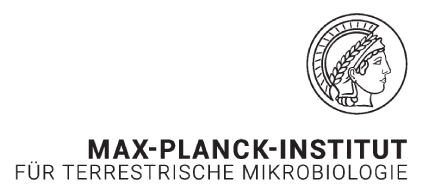Main Content
Role of cellular redox signaling and NAD+ modifications in organelle-nucleus communication
Katharina Höfer, Kitty Johnson
Research question
What role do retrograde signaling pathways and the recently discovered NAD+-modified RNA molecules play in chloroplast-nucleus communication and in the coordination of the stress response?
Background
Cellular homeostasis is based on direct intracellular communication between chloroplasts, the nucleus, and other organelles. These (retrograde) signaling cascades are the focus of B5. To this end, we focus primarily on RNAs modified with the cellular redox factor nicotinamide adenine nucleotide (NAD+). The identity of specific RNAs that are modified with NAD was first described in 2015 by K. Höfer and colleagues in the model organism Escherichia coli. Using NAD captureSeq technology, which combines an NAD-specific chemoenzymatic enrichment procedure with high-throughput sequencing methods, NAD-modified RNAs have been identified in all life forms. Interestingly, in the context of project B5, the possible identification of NAD RNAs in A. thaliana in mitochondria or chloroplasts is important.


